 Life has taken me on another adventure and guess where?
Life has taken me on another adventure and guess where?

India!
It’s my first time in Asia; Earth’s largest and most populous continent. For over a month now, I’ve been in Delhi, the capital territory. It is a massive metropolitan area north of the country, located much like Abuja is in Nigeria. It is bordered by Haryana which I’ve also had the opportunity to visit.
The people here are pleasant but shy. I don’t think they get too many Africans here because they stare a lot, not in a bad way though. I have a thing for smiling and waving at strangers like in my Project: Love in Lagos so it’s been really easy to break the awkwardness of their staring.
I’ve also been indulging in my “celebrity status”. It’s weird that most of them want pictures with me. I’m not that hot, so I take it they have never seen a tall chunky chocolaty goddess with flowers in her hair, so why not? I strike that pose, pout😚 and peace sign✌ with teenagers, grannies, new parents who shove their little ones into my arms, you name it. Anything for the fans!
So, if you stumble on a picture of me somewhere on the Internet looking sweaty and faking a smile, know that this celebrity life gets very exhausting very quickly.
Now, I’ve been making a mental note of all the little peculiarities of the Indian culture but I’ve been surprised to find that there are quite a number of similarities between Nigeria and India, and this post is to share that with you.
Population
With respect to the population, Delhi is a lot like Lagos. According to World Population statistics, The city has a population density of 12,592 people per Kilometer square, making it one of the most populated places in the world.
Poverty
Poverty is as much a problem in Nigeria as it is in India, especially in rural areas. However, there is a spill-over into the major cities and this is evident in the number of homeless elderly sleeping on the walkway, the young families living in dank tents in the corners of parks and the number of begging children in Delhi.
Keke and Okada
Like our Keke-Napep, the rickshaw is the most common and fastest form of transportation for local movements in Delhi. I’ve had to use Keke here more than I’ve ever had at home, so I’m only just discovering that they don’t have functional shock-absorbers and the drivers have no regard for potholes. I find myself constantly bracing, ready to be thrown around so violently that I’m certain every ride is designed to rid me of my uterus and any eggs I might have left. There are a lot of bikes here to but I don’t think they are commercial.

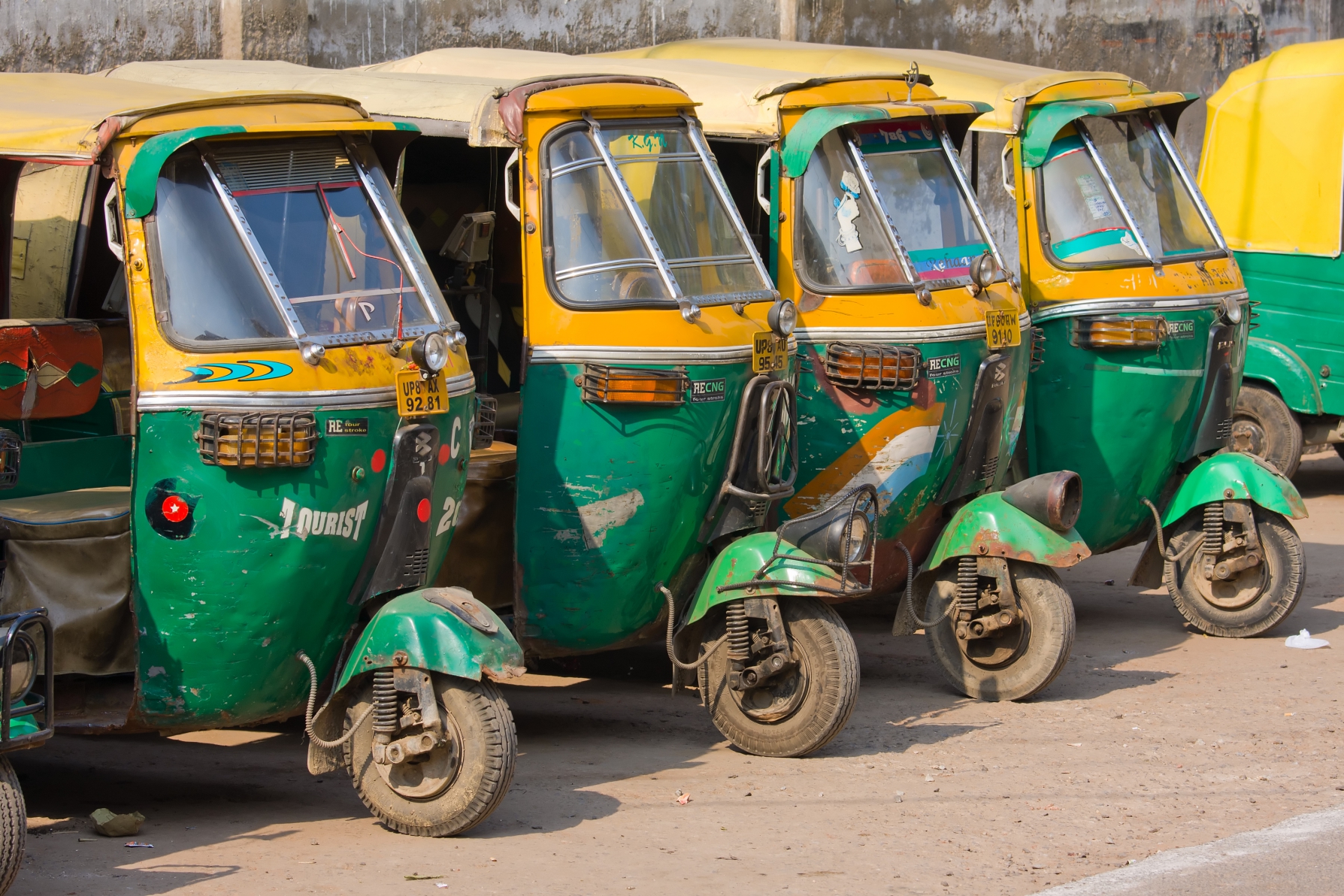
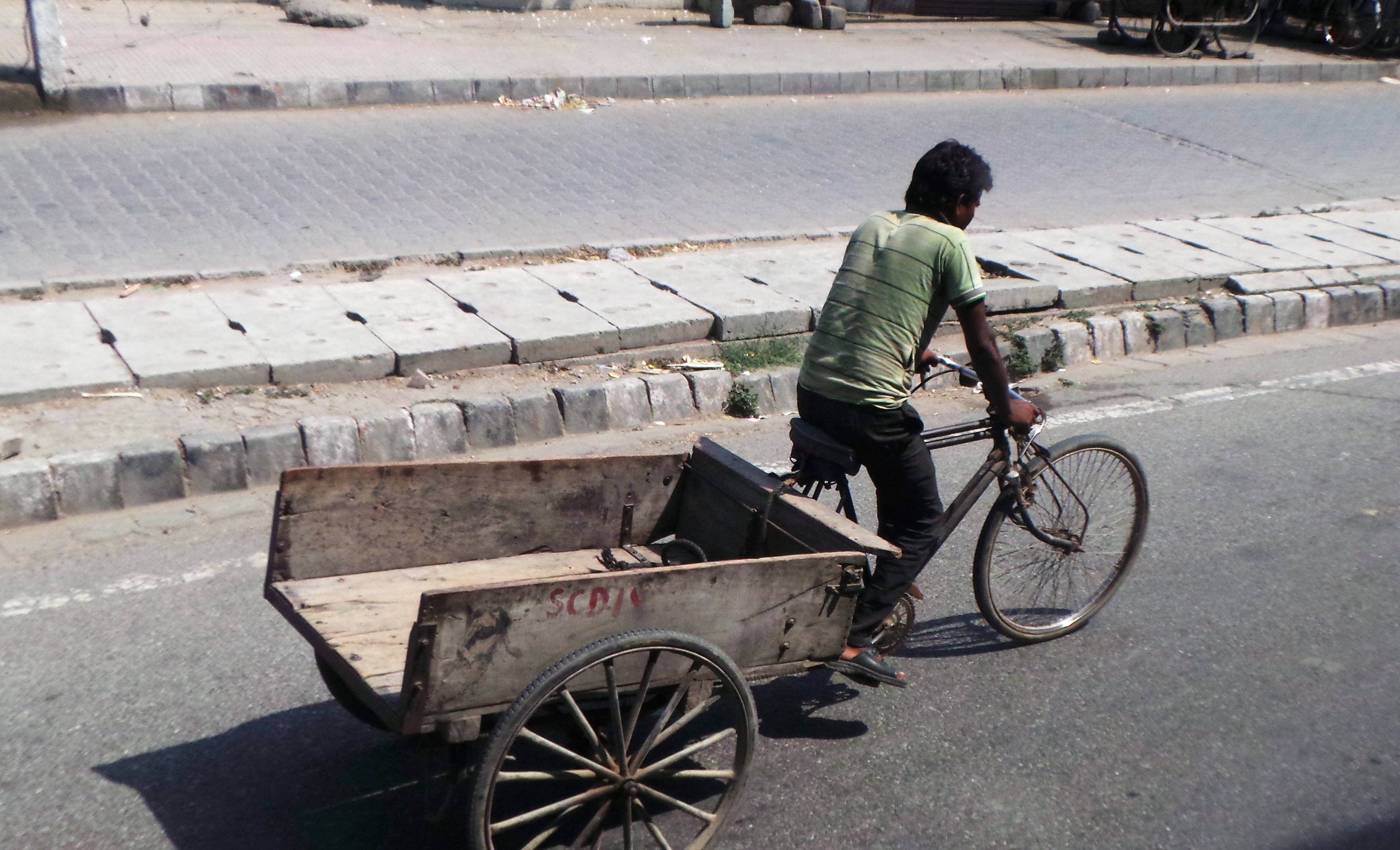
Crazy Driving
Indian cars are right-hand drive and their roads are in the opposite direction of ours. So, I’m always disoriented when I’m in a vehicle. Everyone seems to be moving too quickly in the wrong direction, making sharp turns or overtaking dangerously. In the back of the rickshaw, teetering despite clutching on the straphanger dangling from the roof, I’m constantly praying not to get crushed between the large trucks these rickshaw drivers seem oblivious to.
Weather
This month, it’s very sunny, warm, dry and dusty. No rain. So it’s a lot like Kaduna. Wiki describes the Delhi climate as “a humid subtropical climate”. Simply put, Delhi is hot. I got here during what was supposed to be the monsoon with rain. It rained only once and by Nigerian standards, that was not even proper rain. Temperatures are around 37 °C. I guess I haven’t travelled enough to know that not all “travel out” means cool weather. Winter is expected to start in late November or early December. (P:S. Are we the only ones who have “Hamattan“?)
Vegetation
I’m no botanist but unlike South Africa, a lot of the trees, shrubs and flowers look familiar. I recognized the Ashoka Tree, the slim tall ones that line the roads in Abuja and Neem aka Dogon Yaro trees which are common in Kaduna. They package and sell the leaves of the Neem tree, promoting its numerous health benefits. There’s also some hibiscus and a lot of pink and orange bougainvillaea flowers.
Religion
India is said to be the land of spirituality and the birthplace of some religions practiced around the world today. Indians are religious people, 80% of whom practice Hinduism, which acknowledges over 300 gods.
Everyone here worships something, and almost every animal is sacred and quite “frankly worship-able”. Accordingly, there is no shortage of shrines, statues and pictures of gods by the roadside, in their shops, in their offices, on the dashboard of their bus, hanging from the roof of the rickshaw r even dangling from the handlebars of their bikes and bicycles.




Festivals
Similar to Nigeria, and as you’d expect of any religious society, Indians celebrate a lot of religious festivals. They are always very colourful Hindu festivals like Holi, Durga Puja and Diwali, celebrating family, love, light, and goods triumph over evil. I’m looking forward to Diwali and I’ve got my saree to match!
Film Industry
Much like our Nollywood, Bollywood refers to the Indian film Industry, producing over 1000 movies a year and the 3rd biggest film industry in the world. This is a good time to say that I haven’t come across any love-struck couple running from tree to tree in a garden or meadow, singing love songs. In my experience, the sun here is too hot for all that amorous labour. No one is chasing anyone anywhere for anything under this blistering sun, maybe for food or money, certainly not for love.
Henna
Just like we have in Northern Nigeria, henna designs on women’s hands and feet is very common especially for weddings and other festivities and is called Mehendi. It costs about 100 rupees and more depending on the intricacy of the design you choose.



Flamboyant Native Attire
Indians like “guy“. The ladies in particular love to dress up in bright colors; red and yellow, and alot of “bling”. Most Indians wear traditional everywhere and the women are never without earrings, bangles or toe rings. Jewelry is an integral part of everyday wear even if it’s cheap ones.
Haggling
Indian markets are same as ours, crowded with shoppers, and sellers beckoning you to buy. I can’t stand the heat and I don’t like talking too much, so going to the market here has been challenging. Most sellers understand enough English to be able to communicate effectively, but they will never just give you the true price. If they tell you 5000 rupees for an item, start bargaining at 500 rupees. I find this back and forth very exhausting so I will recommend you check product prices online to get a fair idea.
These sellers will swear on their life that they are selling to you at cost price, and it’s the original hence it’s more expensive. Hogwash. 20 minutes of haggling could save you thousands of rupees, and walking away is always a good way to get a better price. They love tourist because they have dollars. Also be sure to count your change after collecting it. Many will cheat you at the slightest opportunity.
Lateness
You know how we say “Nigerian time” well there has got to be “Indian time” to because these folks are always late to everything. The trains are late, buses are late and so are the people. I’m talking 30-45 minutes late.
Sachet Everything
Even Shampoo and hand wash come in small sachet. Most products are adapted to suit the “bottom of the pyramid”. One small sachet of shampoo for one wash.
Statues and Paintings
A significant number of establishments have massive representations of a god or the other, hotels, bars, parks, you name it. They are commonly above or beside the gate or on the roof. Stunning works of art in my opinion.
As you’d expect, my next post will focus on the differences between both countries and some historic ourist destinations. Before you ask, I got you hair. I mean, which Nigerian woman goes to India without getting hair? No, it’s not for sale. It’s free. I’m working towards a Christmas/New Year promo and 100% Virgin Human Hair among other things will be up for grabs. Not to be cliché but, watch this space!
Photo Source: mymehndidesigns.com, Pinterest
***
Liked this post? Do share it on your social media wall, timeline or feed
Want blog updates and promotions in your inbox
Sign Up Now

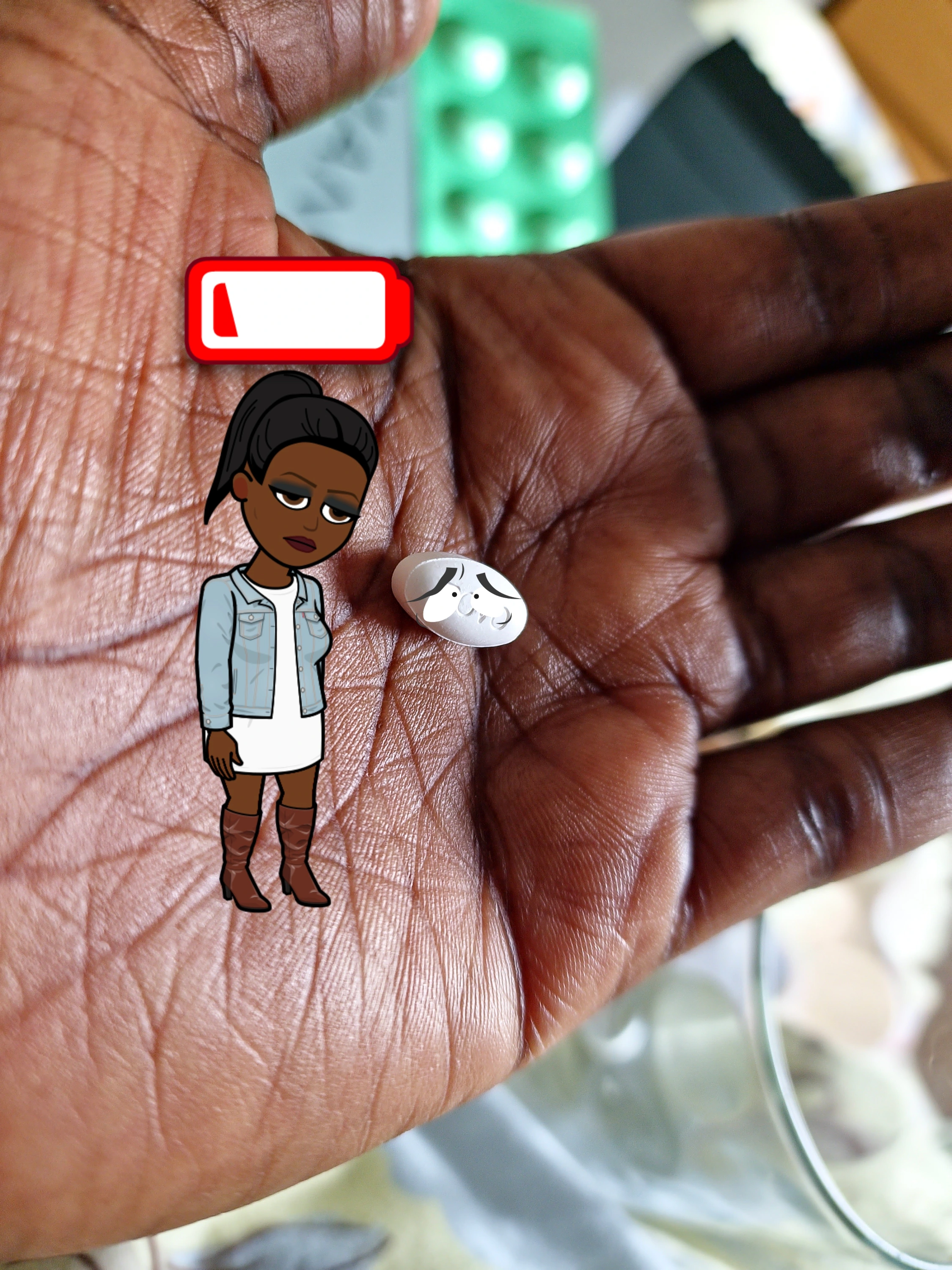
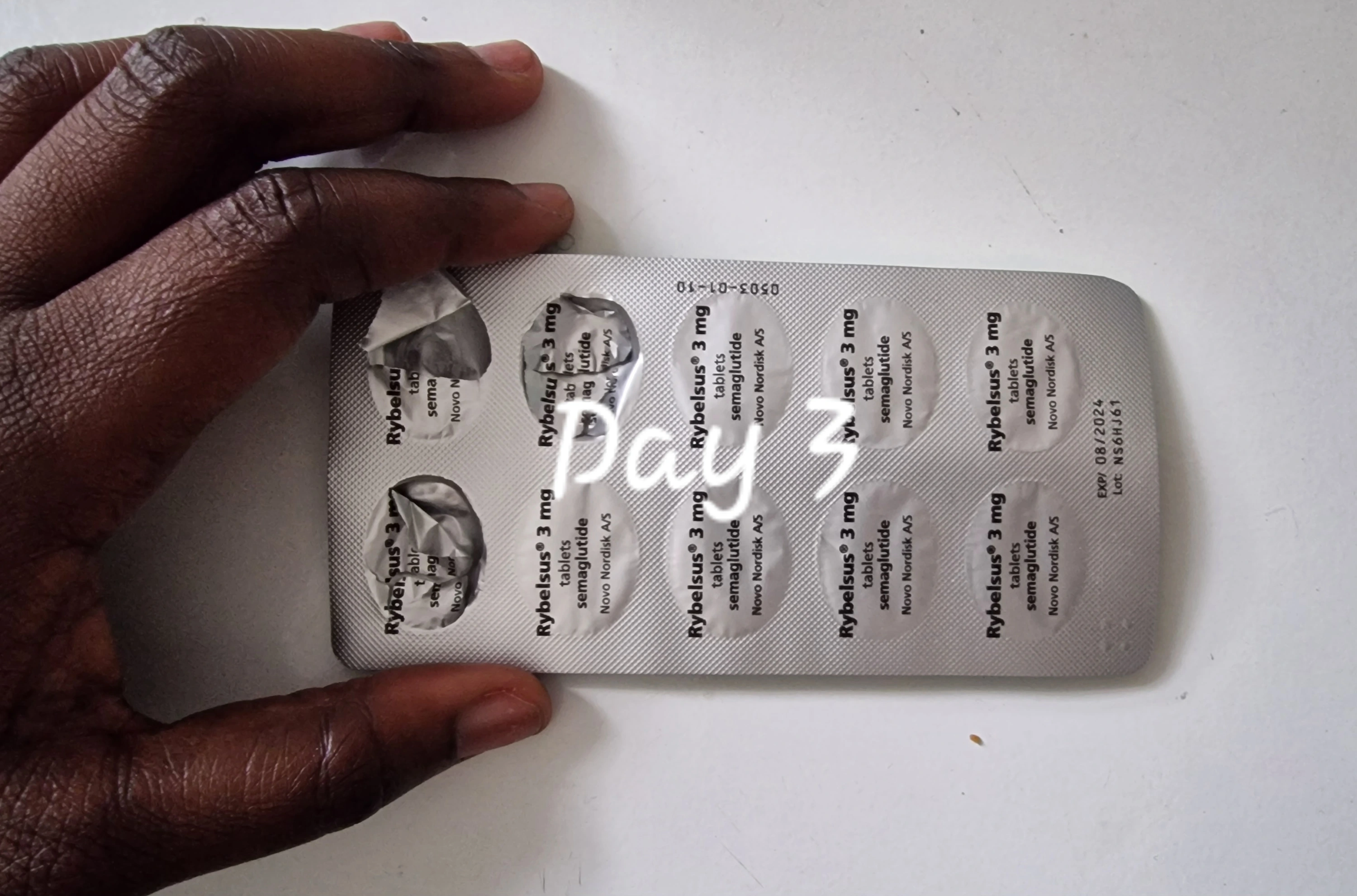

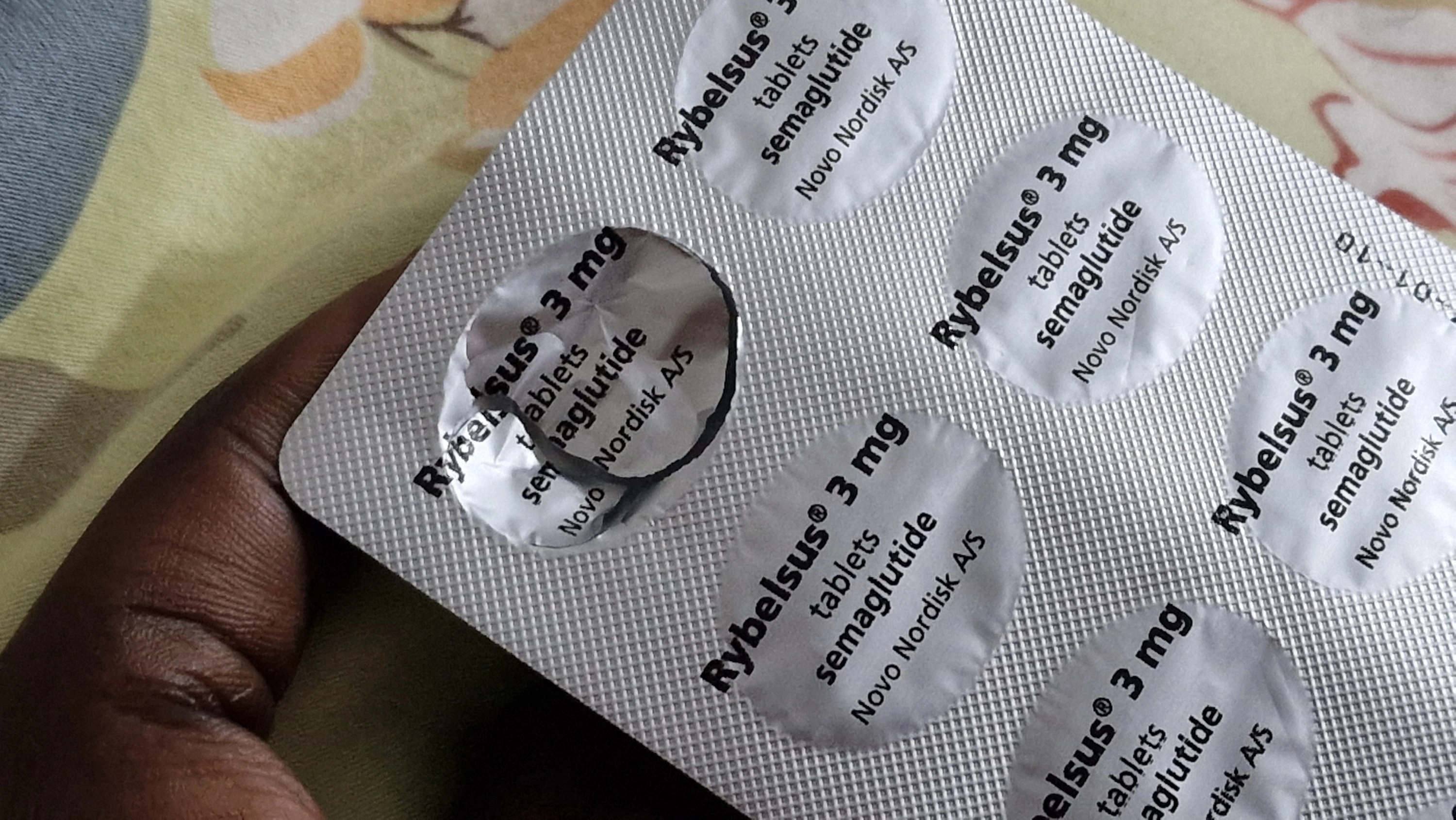
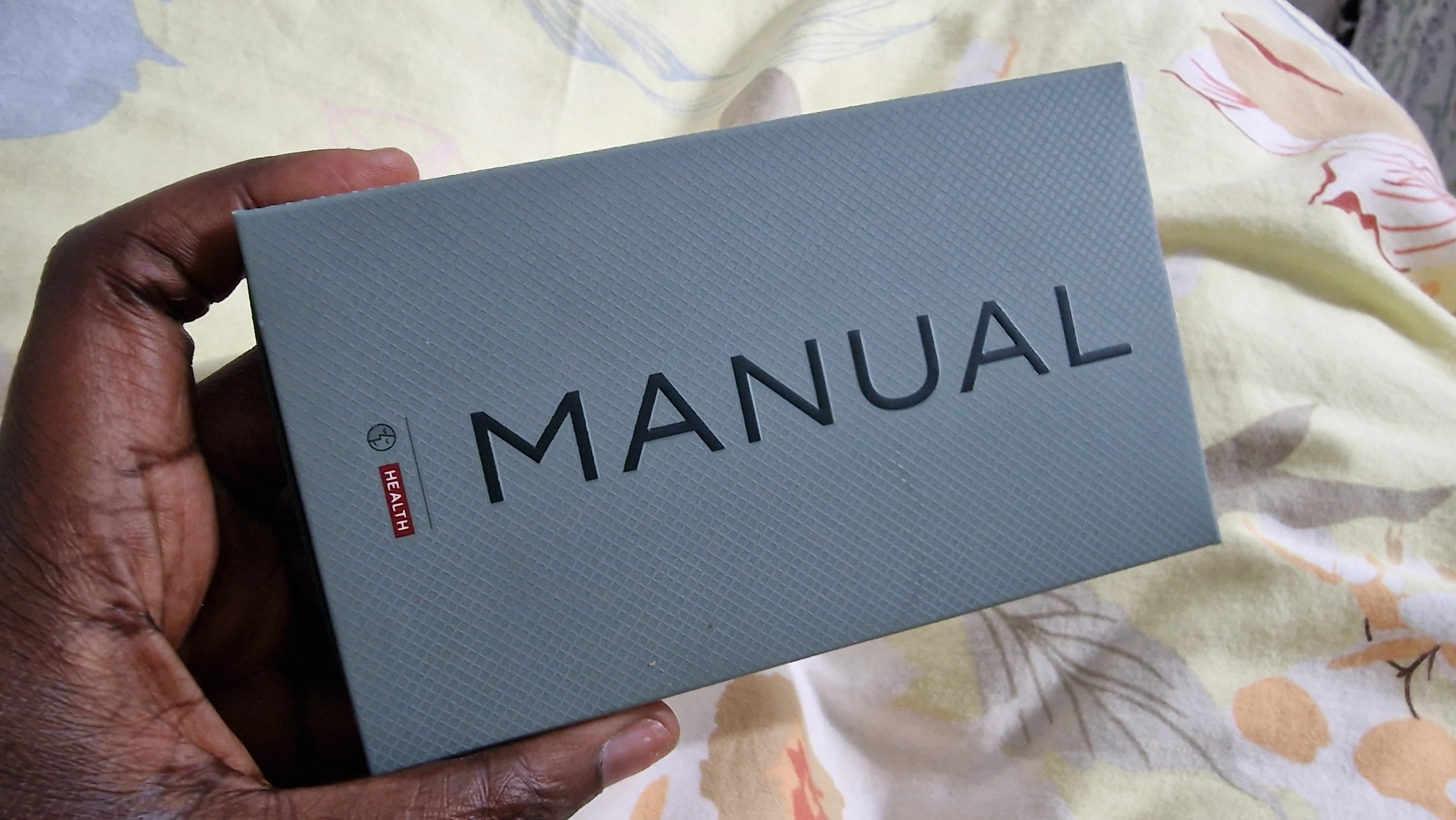
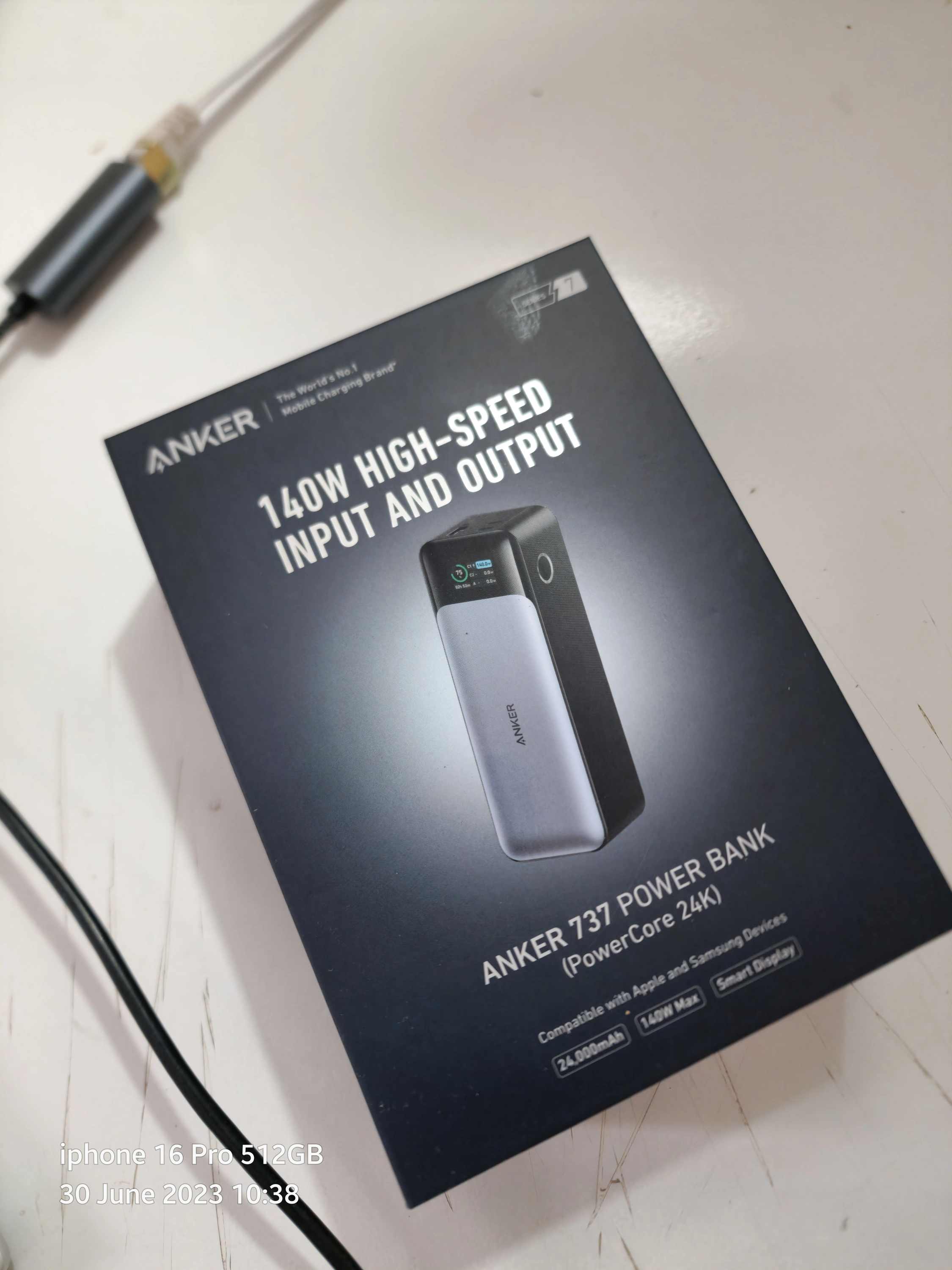
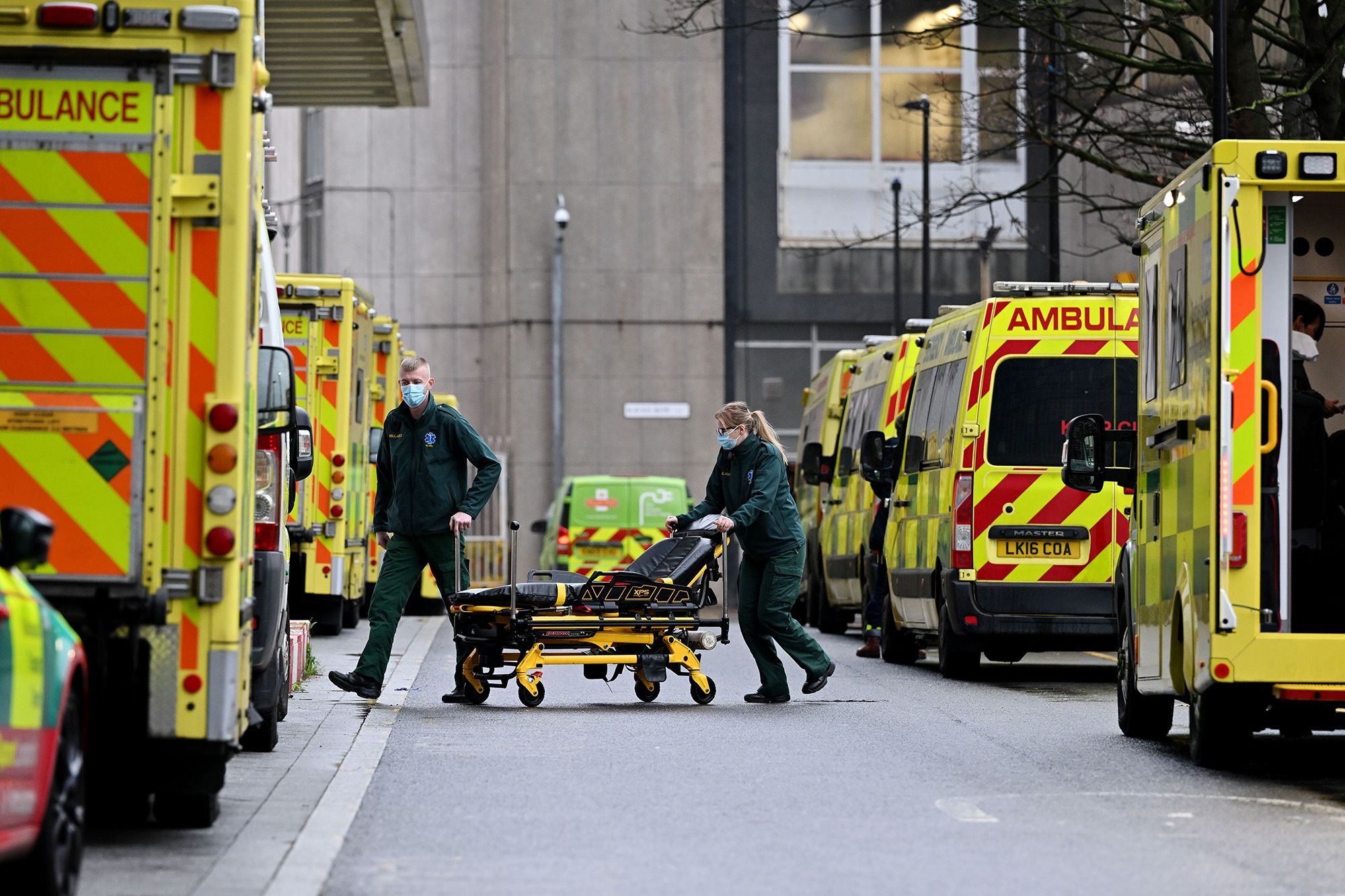







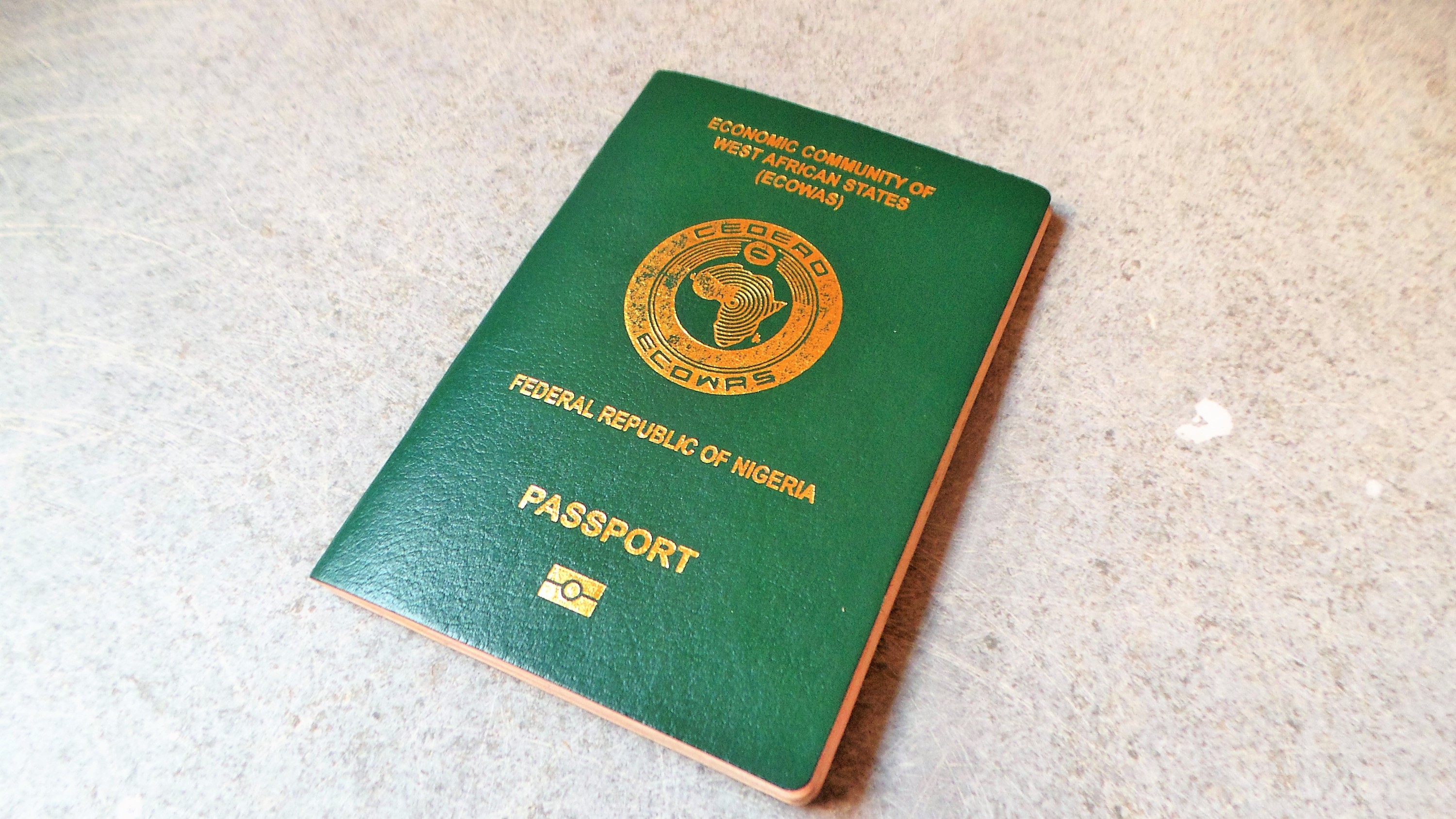


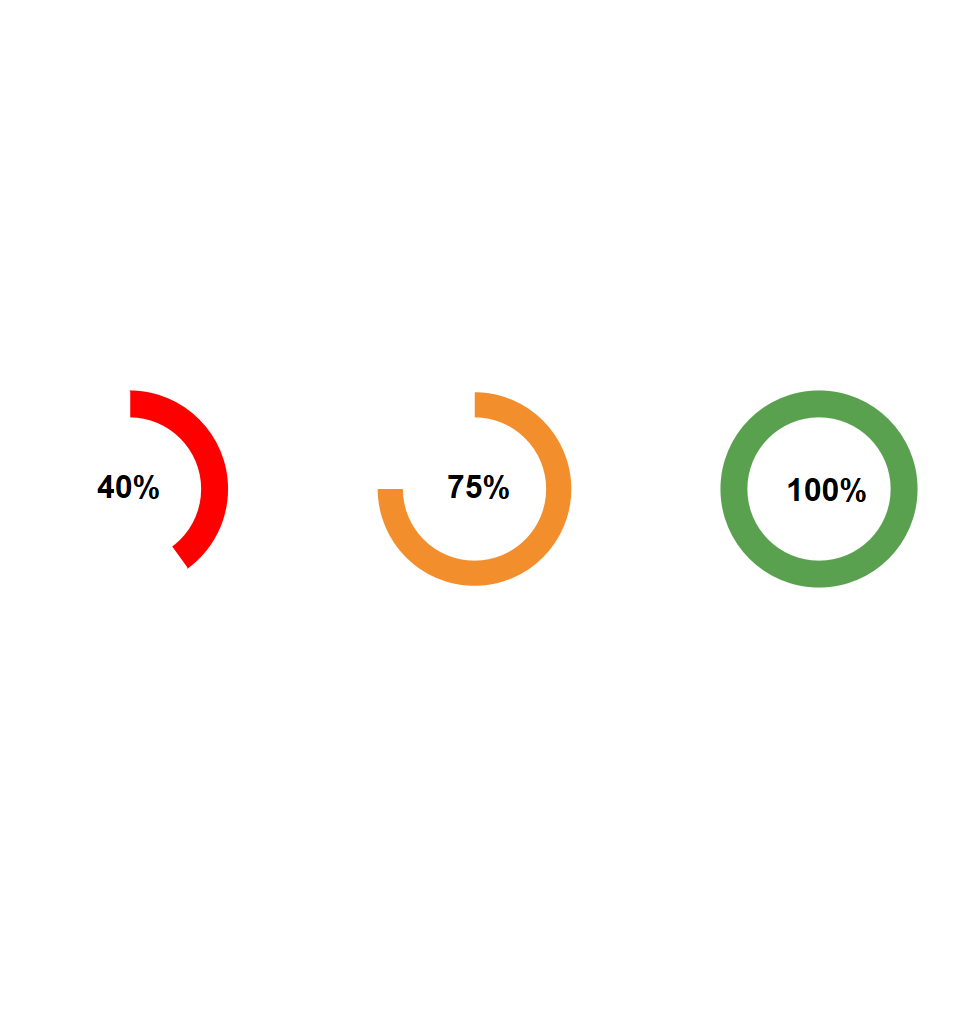






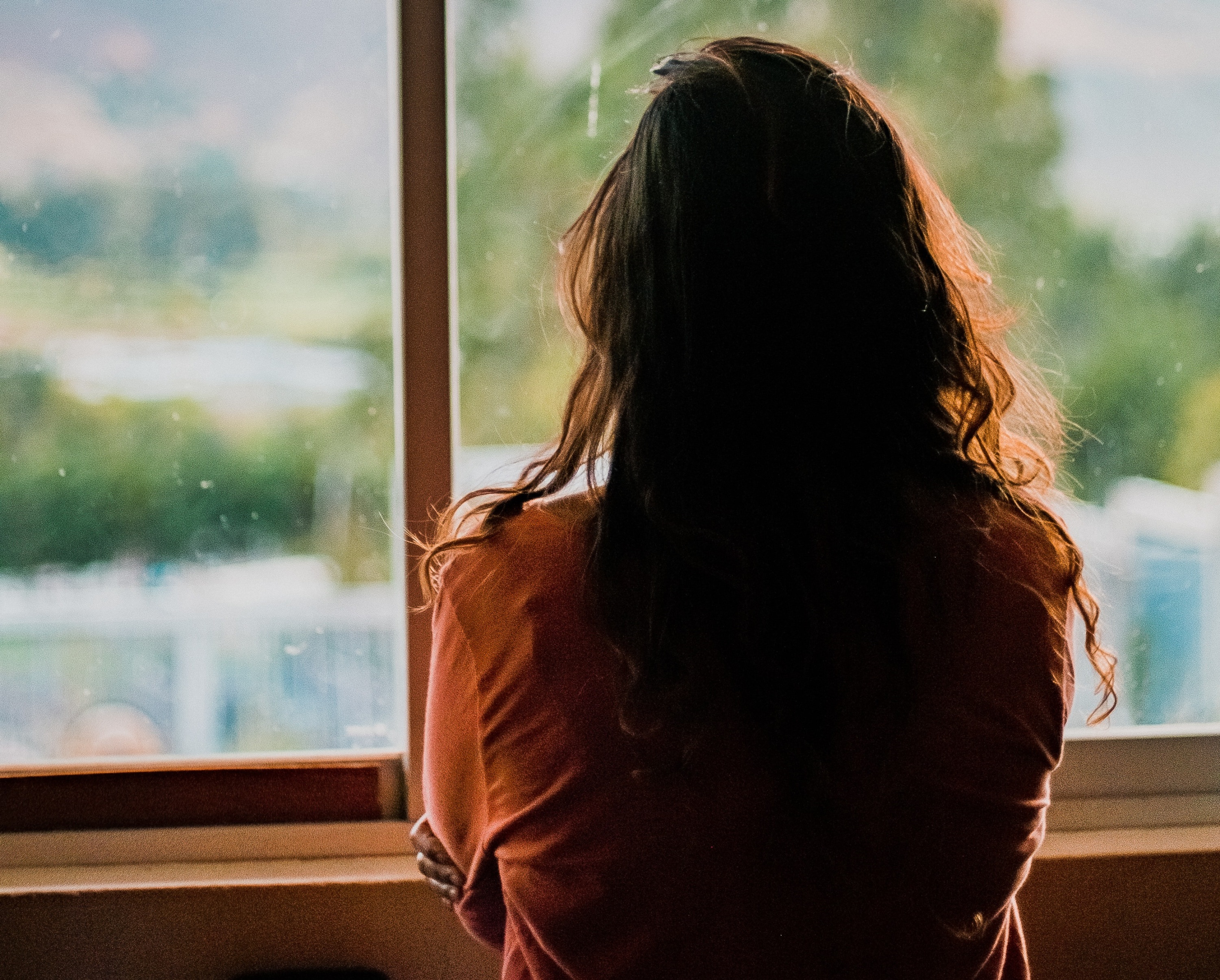








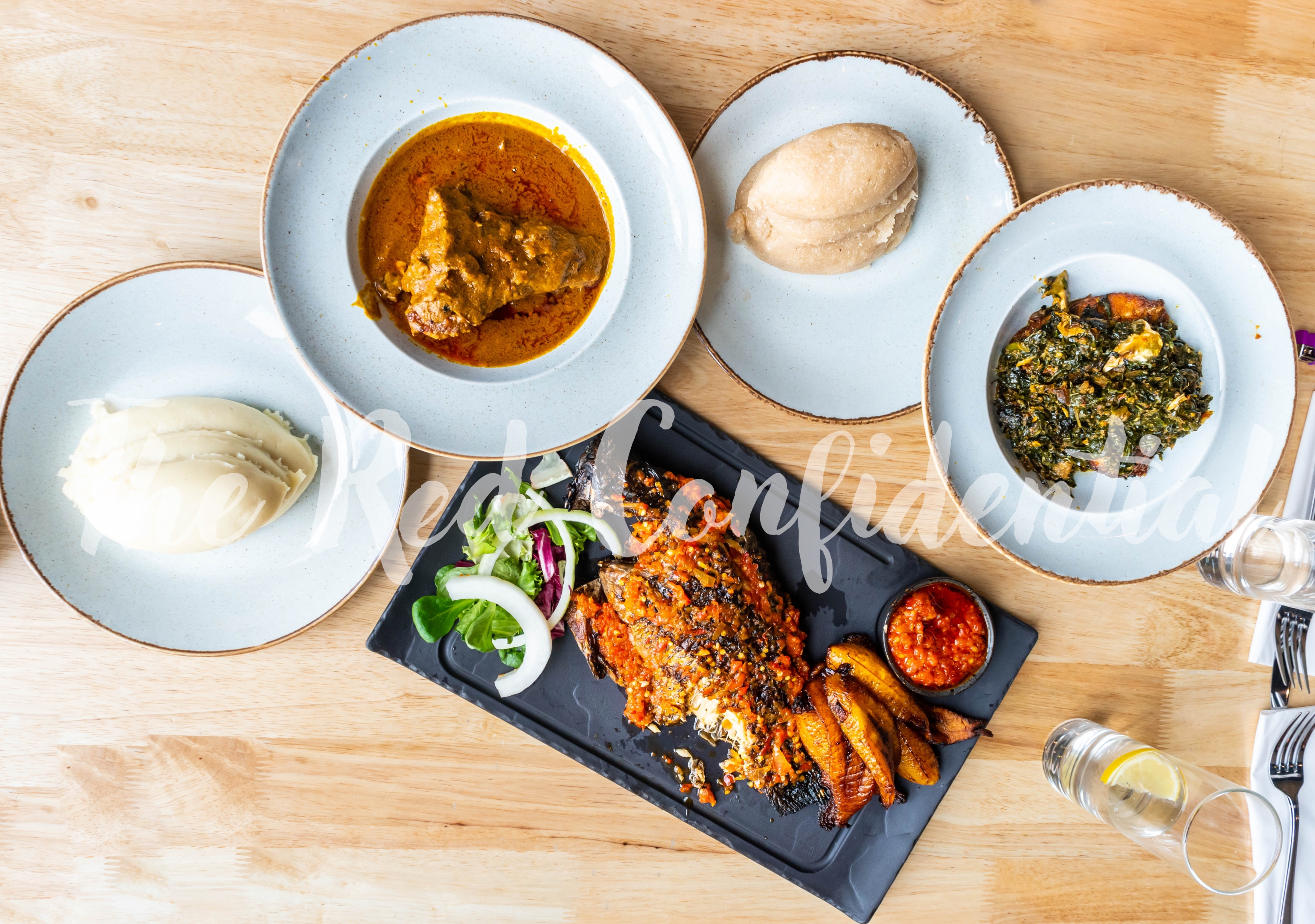









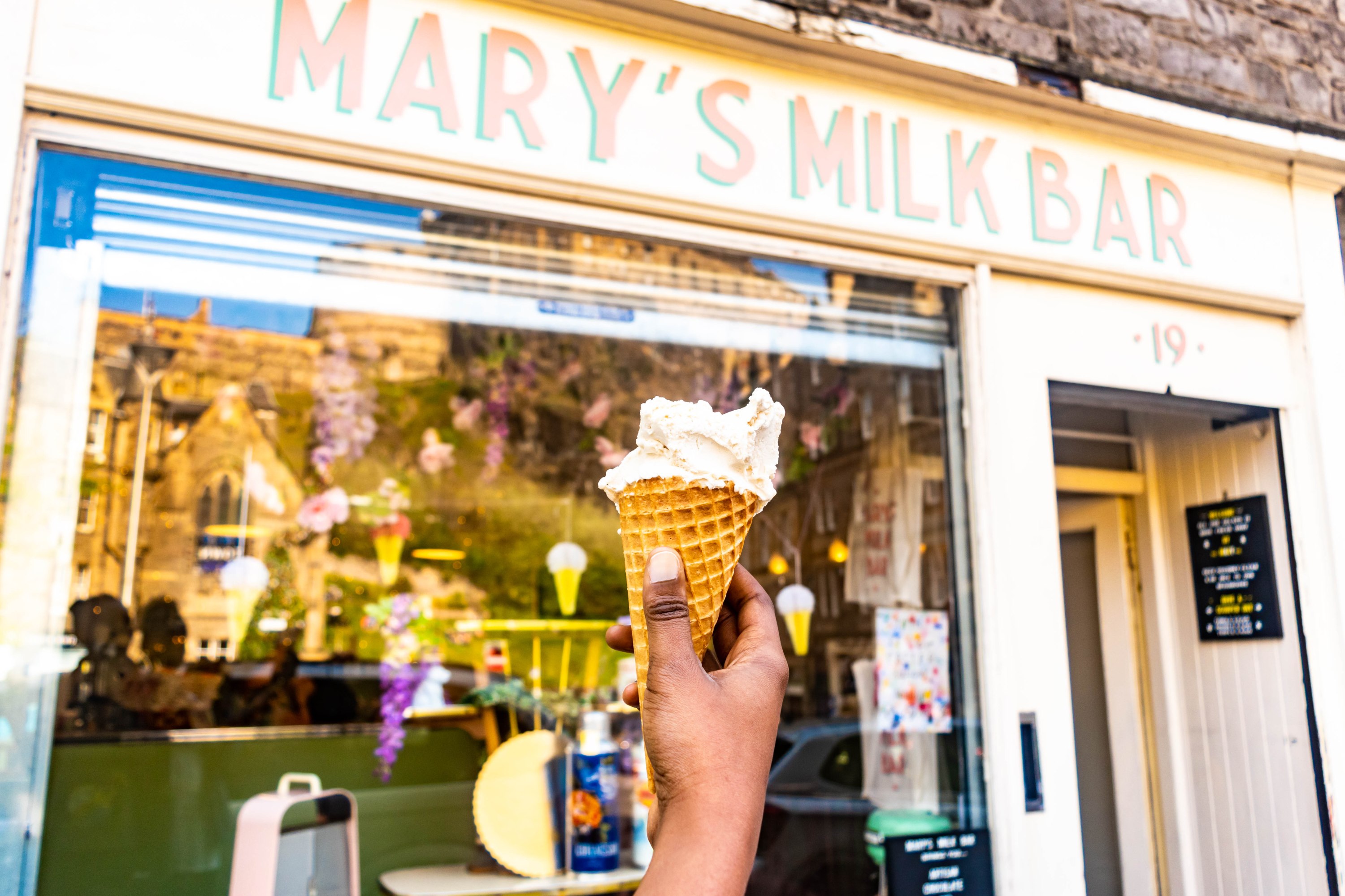

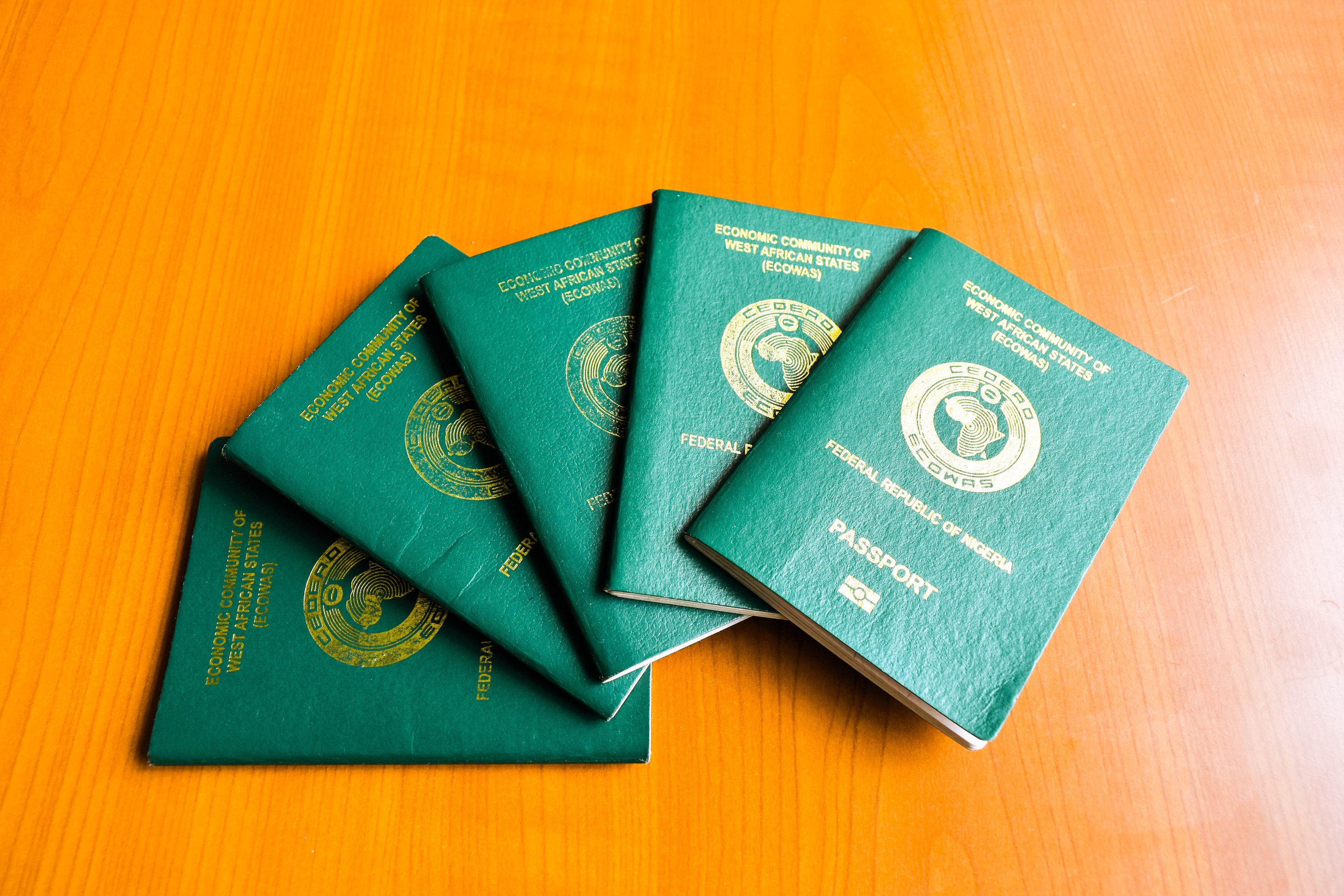




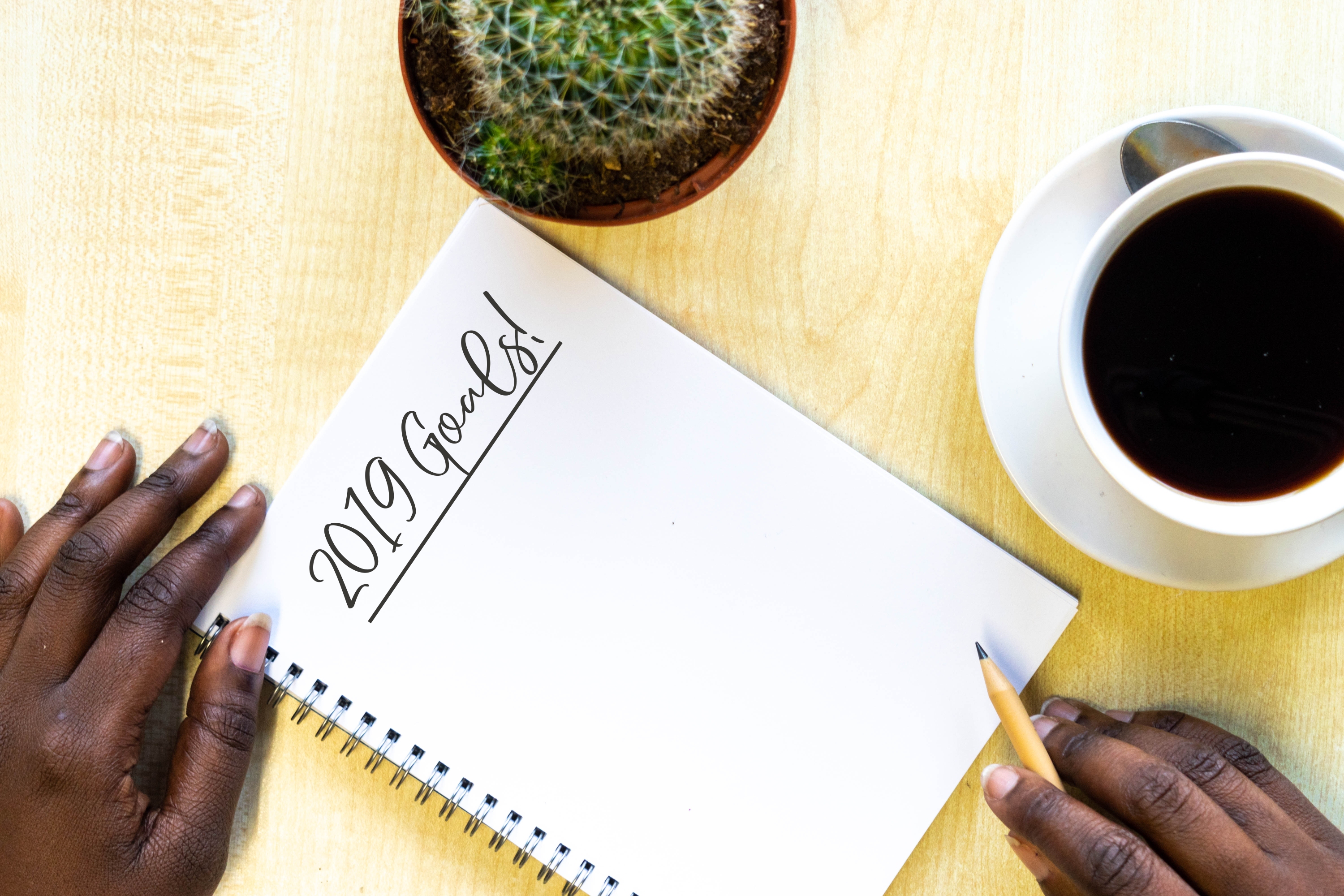

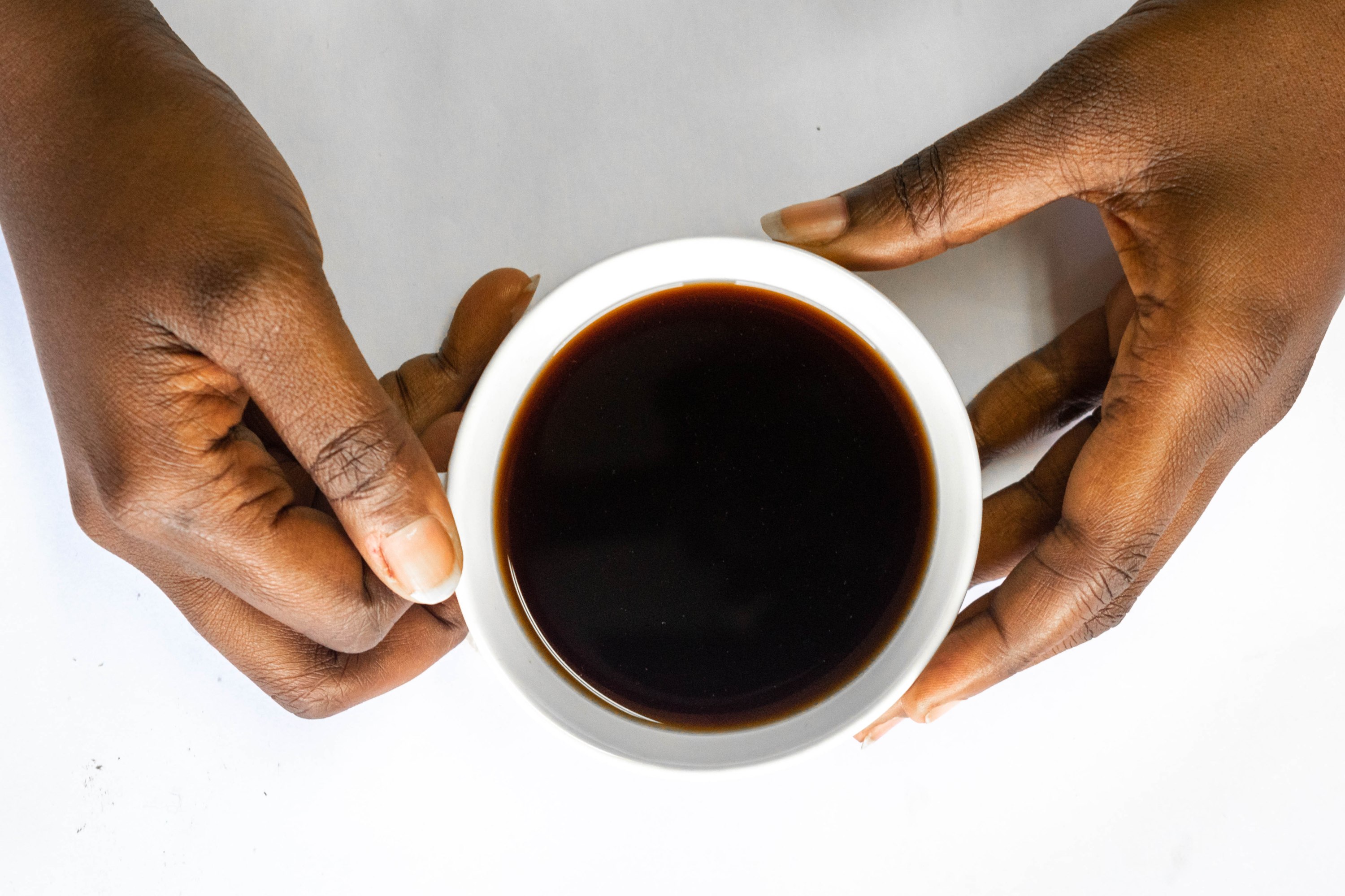






















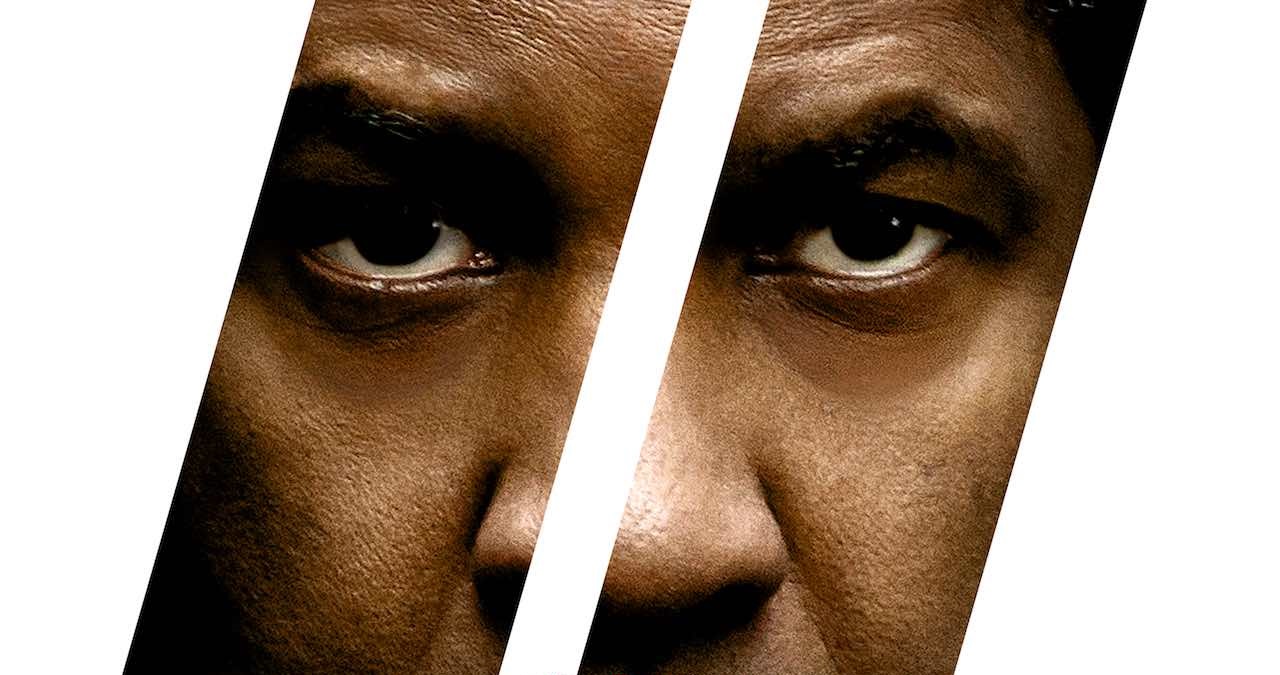
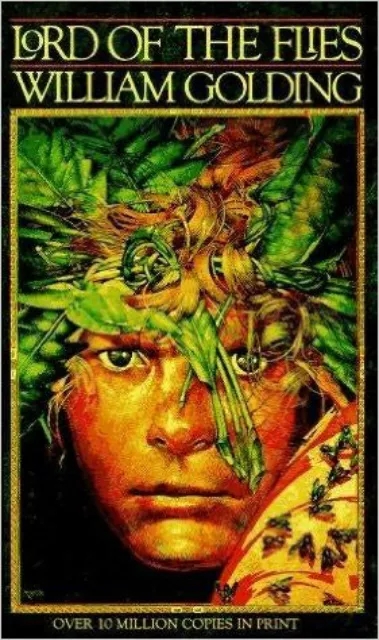












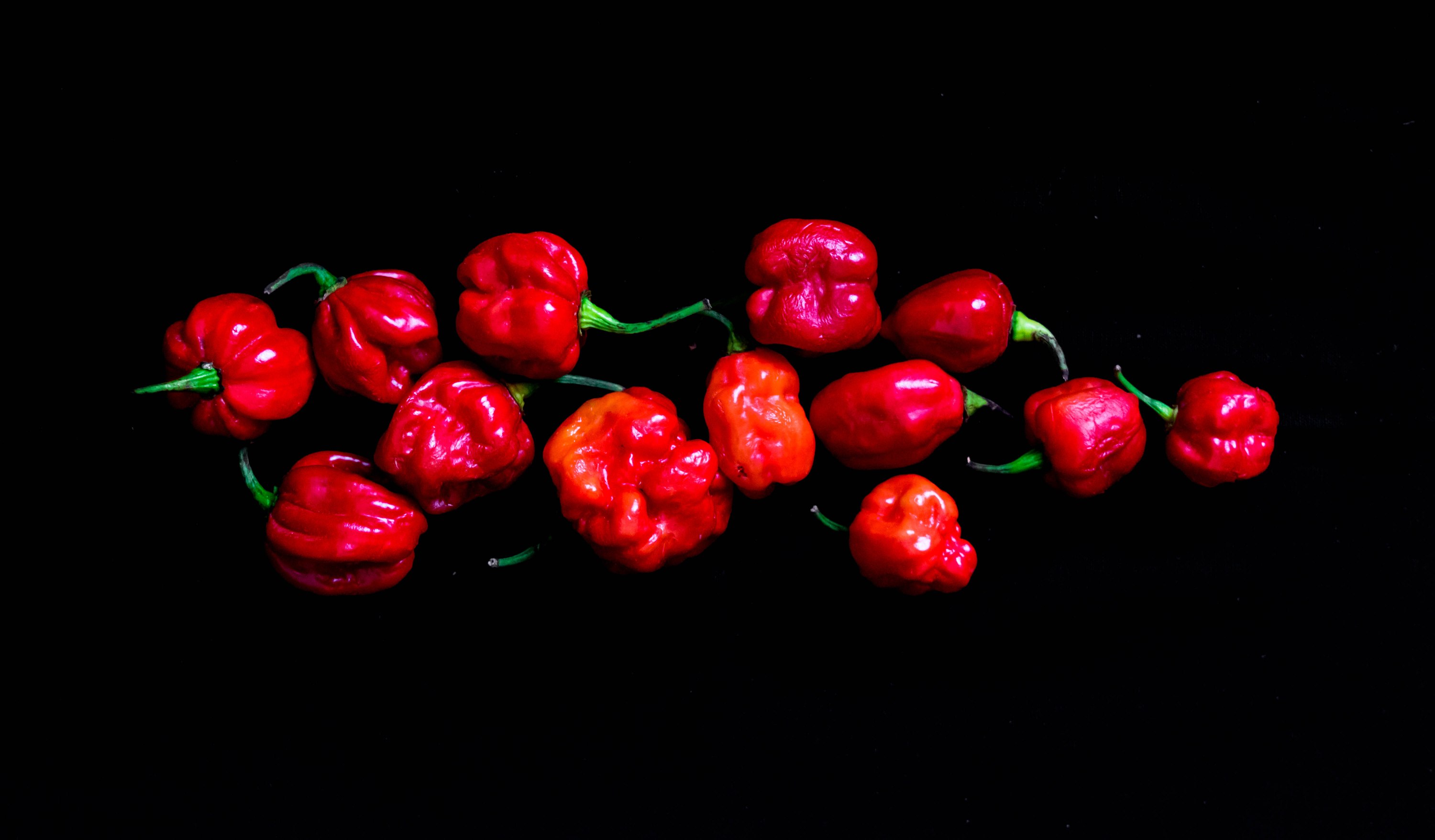




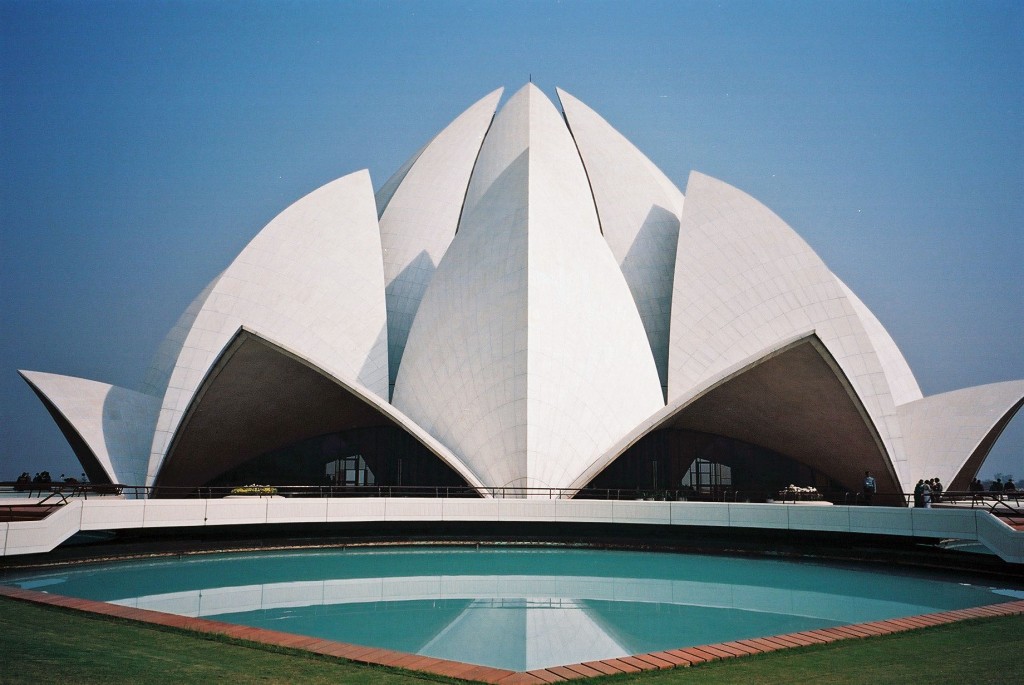
9 responses to “Discovering Delhi”
[…] Discovering Delhi […]
LikeLike
[…] to my previous post, this focuses on the stark differences between Nigeria and […]
LikeLike
[…] finding good meat. There’s KFC and McDonald’s but that’s all. Like I said in my previous post, vegetarianism is applauded here so you’ll have a hard time finding a good steakhouse. If you […]
LikeLike
I finally made it to your blog! Yay!!! Blog bookmarked; now let the stalking increase. lol! Keep taking in Delhi and carry us along biko 🙂
LikeLiked by 1 person
Lol! Thank you fro reading!💋💋
LikeLike
Nice write up! Hope to read more .
LikeLiked by 1 person
Thank you for reading!
LikeLike
well written piece. keep up the good wprk
LikeLiked by 1 person
Thank you for reading! 💋
LikeLike